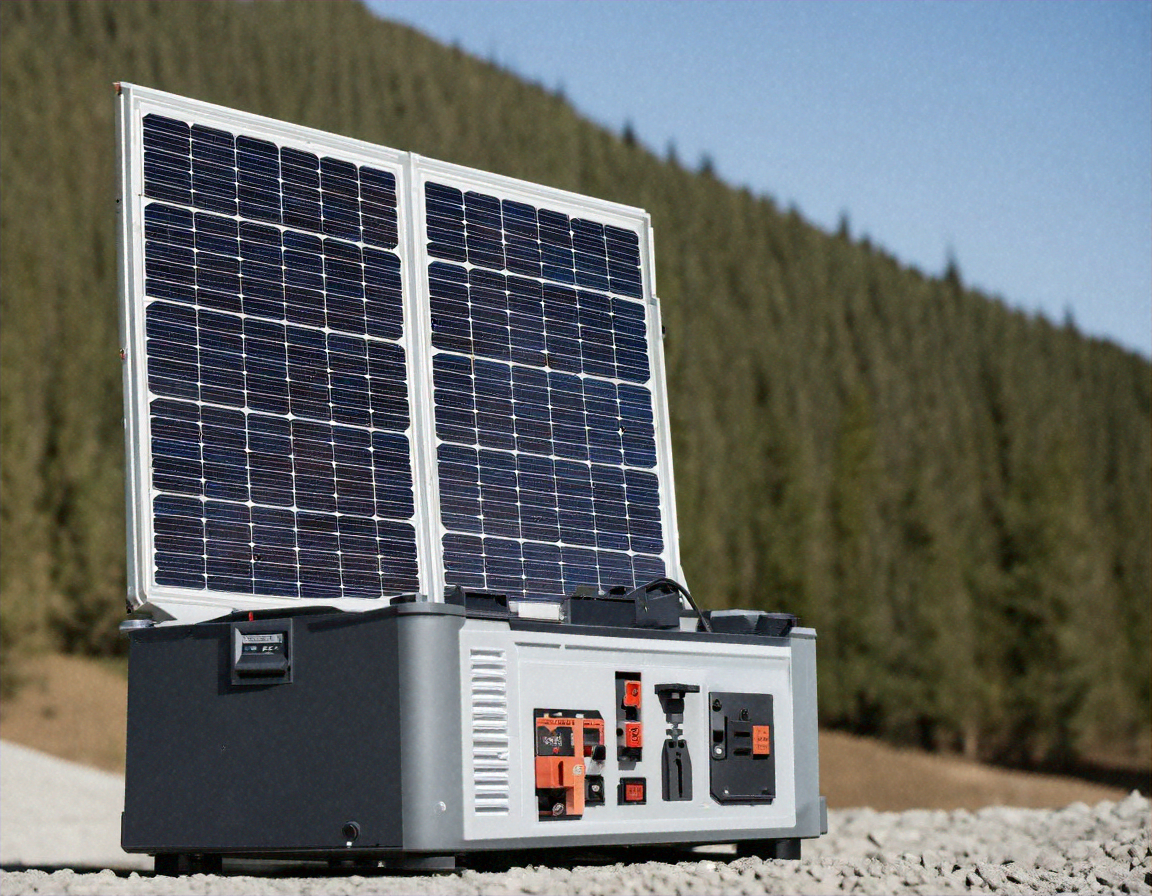Exploring the Benefits and Versatility of Solar Generators for Sustainable Energy Solutions
Solar generators are reshaping how people think about accessible energy, whether for everyday use or during emergencies. With improvements in portability and storage, these systems now support a range of needs—from powering outdoor activities to backing up homes and reducing business overhead. This guide explores how solar generator technology fits into sustainable living, energy independence, and practical applications across various settings. Learn how different setups are being used to capture, store, and deploy clean power more efficiently.

How Do Portable Solar Generators Work?
A portable solar generator consists of three main components: solar panels that capture sunlight, a battery system that stores the converted energy, and an inverter that transforms stored DC power into usable AC electricity. Unlike traditional fuel-powered generators, these systems operate silently and produce zero emissions during use. The solar panels convert photons into electrical energy through photovoltaic cells, which then charges the internal lithium-ion or lithium iron phosphate batteries. Modern units often include multiple output ports, allowing users to power various devices simultaneously while monitoring energy levels through digital displays or smartphone apps.
What Makes Solar Backup Power for Home Essential?
Home solar backup power systems provide peace of mind during outages while reducing dependence on the electrical grid. These systems can automatically switch to battery power when grid electricity fails, maintaining power to essential appliances like refrigerators, medical devices, and communication equipment. Unlike standby generators that require fuel and regular maintenance, solar backup systems operate maintenance-free for years while providing clean, quiet power. Many homeowners integrate these systems with existing solar panel installations, creating comprehensive energy solutions that reduce electricity bills during normal operation and provide security during emergencies.
How Do Solar Battery Storage Systems Maximize Energy Efficiency?
Solar battery storage systems capture excess energy produced during peak sunlight hours for use during evening hours or cloudy periods. These systems employ sophisticated battery management technology that optimizes charging cycles and prevents overcharging, extending battery lifespan significantly. Advanced lithium iron phosphate batteries can maintain 80% capacity after thousands of charge cycles, making them cost-effective long-term investments. Smart inverters in modern systems can also feed excess power back into the grid in some areas, potentially earning credits through net metering programs while contributing to overall grid stability.
Why Is Solar Power for Emergencies Becoming Critical?
Emergency preparedness has become increasingly important as extreme weather events and grid instabilities affect communities worldwide. Solar power for emergencies provides reliable electricity without depending on fuel deliveries or functioning gas stations, which may be unavailable during disasters. These systems can power essential devices like radios, phones, medical equipment, and lighting for extended periods without requiring external resources. Emergency responders and relief organizations increasingly rely on portable solar generators for field operations, as they can be deployed quickly and operate independently in remote locations where traditional power infrastructure may be damaged or nonexistent.
What Unique Applications Are Emerging Globally?
Across different regions worldwide, solar generators are finding innovative applications that extend far beyond traditional uses. In developing areas with limited grid access, these systems power schools, clinics, and community centers, enabling education and healthcare services. Construction companies use portable solar generators to power tools and equipment at remote job sites, reducing operational costs and environmental impact. Food trucks and mobile businesses integrate solar systems to power refrigeration and cooking equipment, while event organizers use them for outdoor weddings, festivals, and recreational gatherings. Additionally, researchers and environmental monitoring stations rely on solar generators for continuous operation in remote locations where traditional power sources would be impractical or environmentally disruptive.
What Are the Current Market Options and Pricing?
The solar generator market offers diverse options ranging from compact units for camping to whole-home backup systems. Understanding pricing helps consumers make informed decisions based on their specific needs and budgets.
| Product Category | Capacity Range | Price Range | Best Applications |
|---|---|---|---|
| Compact Portable Units | 150-500Wh | $200-$800 | Camping, phones, small devices |
| Mid-Range Systems | 500-1500Wh | $800-$2,500 | Home backup, RVs, small appliances |
| Large Home Systems | 1500-5000Wh+ | $2,500-$8,000+ | Whole-home backup, off-grid living |
| Commercial Solutions | 5000Wh+ | $8,000-$25,000+ | Businesses, construction, events |
Prices, rates, or cost estimates mentioned in this article are based on the latest available information but may change over time. Independent research is advised before making financial decisions.
Solar generators represent a significant step toward sustainable energy independence, offering versatile solutions that adapt to various power needs while supporting environmental conservation. As technology continues advancing and costs decrease, these systems become increasingly accessible to consumers seeking reliable, clean energy alternatives. Whether for emergency preparedness, outdoor recreation, or daily energy management, solar generators provide practical pathways to reduce carbon footprints while maintaining modern conveniences. The growing variety of options ensures that individuals and businesses can find systems tailored to their specific requirements and budgets.




